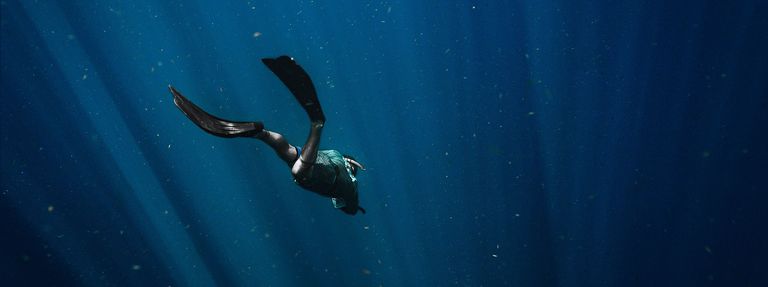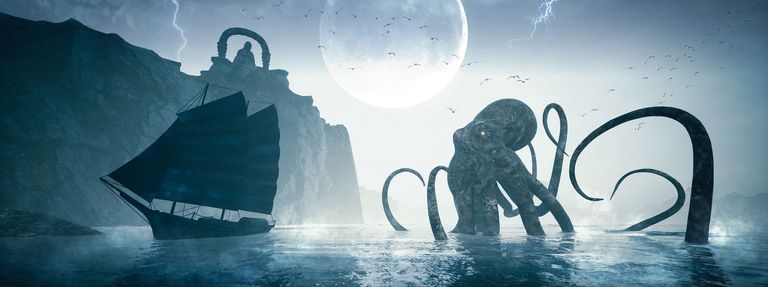The Early History of Submarines
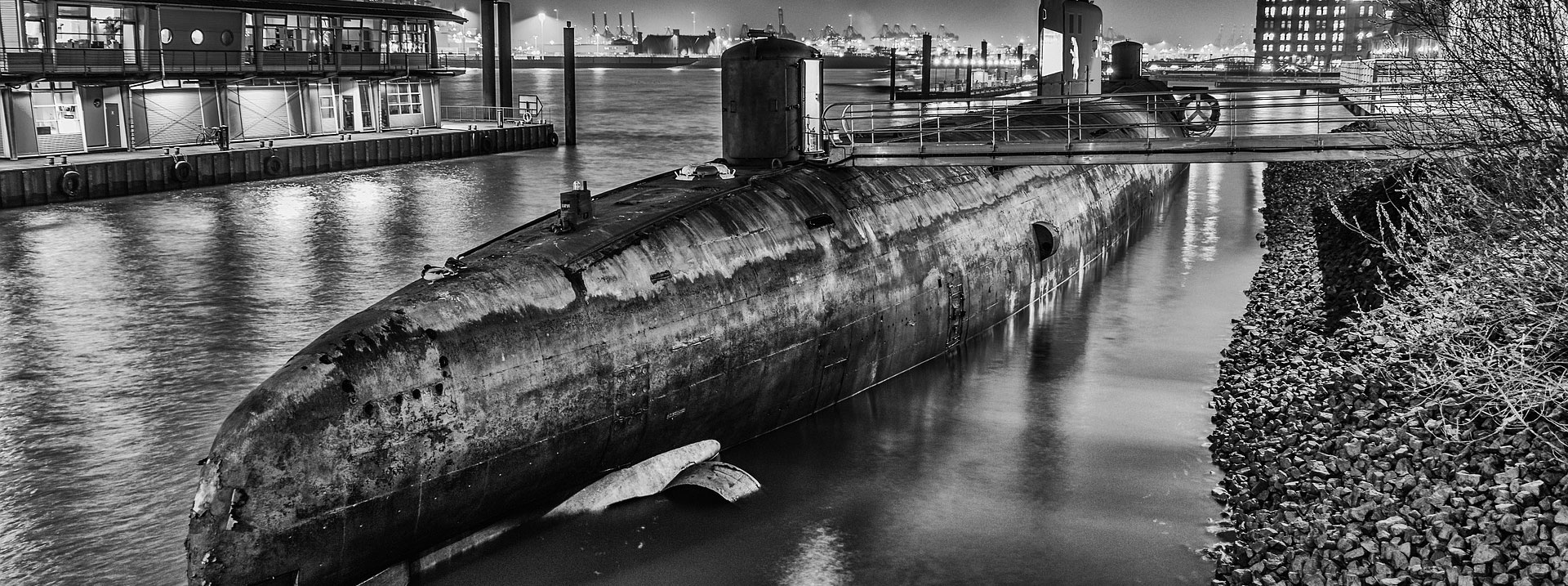
The Way They Were: A Look At The Early History of Submarines
Though the first submersible ships were developed to discover what lied beneath the surface, it wasn’t long before inventors began to recognize their military potential. As the first part of our history of submarines series, plunge in and discover the fascinating story of how submarines have evolved through time.
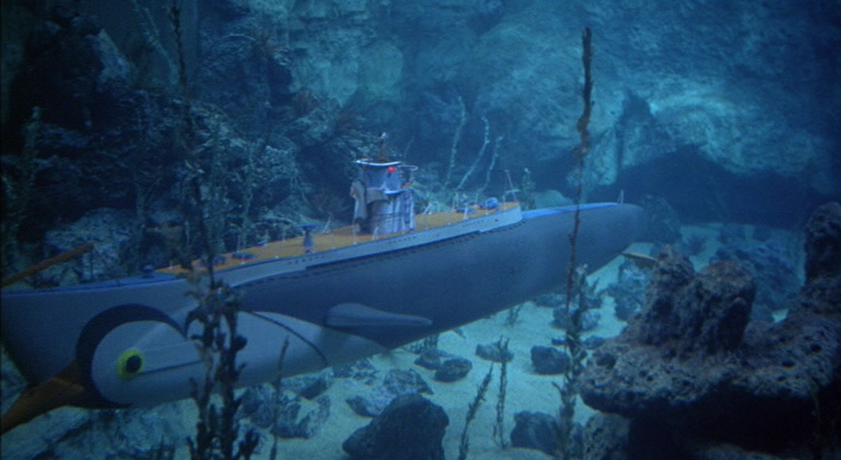
1578: William Bourne designs the first prototype submarine
William Bourne designed one of the first recorded plans for underwater navigation, a completely enclosed boat made of wood and bound in waterproofed leather, which could be submerged and rowed beneath the surface. Bourne was an English mathematician and former Royal Navy gunner who went on to write very important navigational manuals, that among many things, explained how to make observations of the sun and stars, using a cross-staff as well as how to use triangulation to calculate the coordinates and distance from the shore to the ship. His advancements in the field of navigation likely even led to some of the key information one needs to know in order to acquire a boat license.
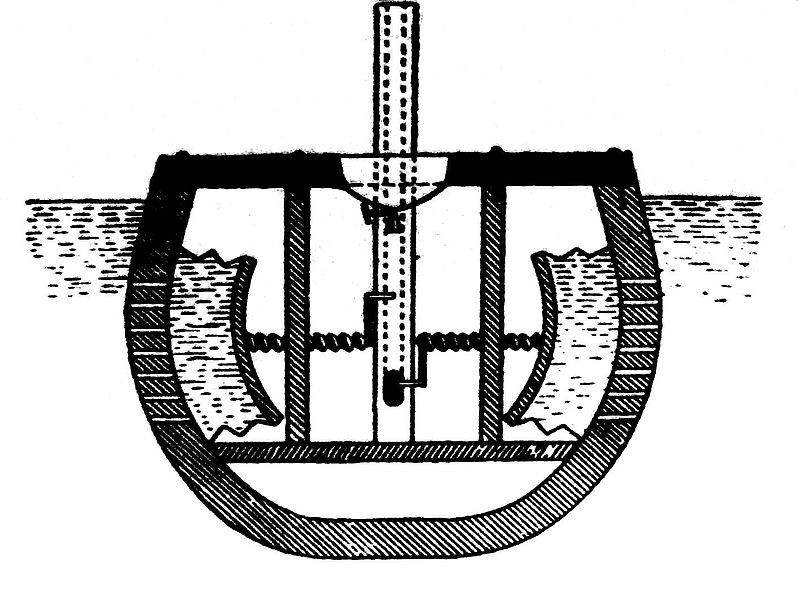
Bourne's idea never got beyond the drawing board but his design went on to inspire others, notably the Dutchman Cornelius Drebbel’s underwater rowboat.
1620-1624: Cornelius Drebbel builds first navigable submarines
Cornelius Drebbel’s submarine was based on Bourne's design of an underwater rowboat which Drebbel built while working for the English Royal Navy. Drebbel is credited with the invention of the compound microscope, the mercury thermostat and developing a working air conditioning system. His advances in the field of microscopy and alchemy even earned him a small lunar crater named Drebbel.

Drebbel’s submarine was protected with greased leather and powered by rowers pulling on oars that protruded through flexible leather seals in the hull. Snorkel air tubes reached above the surface with floats, which allowed the boat to be submerged for several hours.
Drebbel ended up building 2 successful submarines between 1620 and 1624. His third ship, he demonstrated in front of King James I and thousands of Londoners. It successfully navigated at depths of 12 to 15 feet below the surface and stayed submerged for three hours, traveling from Westminster to Greenwich and back. Legend has it that Drebbel even took James in this submarine on a test dive which would have made him the first monarch to travel underwater. Despite consistently successful tests, it never aroused the Navy’s interest enough to use it in combat.
1690-1692: French physicist Denis Papin designs and builds two submarines
This kettle-looking contraption was designed, as you may have guessed, by the inventor of the pressure cooker, Denis Papin. The first design (1690) was a strong and heavy metallic square box, equipped with an efficient pump. Unfortunately, it was destroyed accidentally before even getting tested in water.
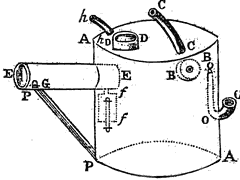
Papin’s second design (the kettle) which he built in 1692, differed from the original in that the hull now had an oval shape. The submersible ship had a centrifugal air pump and was naturally resistant to outside pressure because, thanks to the pump, it permitted outside air to go in and out freely in the hull.
1749: Giovanni Borelli paves the way for the modern ballast tank
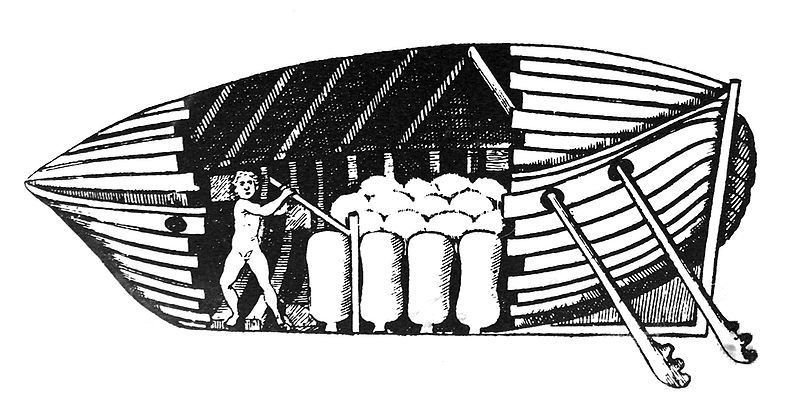
In 1749, London’s Gentleman’s Magazine published an article which described Giovanni Borelli’s 1680 boat made with goatskins in the hull that would allow the boat to submerge. Borelli planned to submerge the vessel by filling the skins with water, and bring it back to the surface by forcing the water out with a twisting rod. Even though Borelli's submarine was never actually built, it provided the first approach to the modern ballast tank.
1776: David Bushnell creates the Turtle, the first military submarine
Turtle was the world’s first documented submarine used in combat, created by American Patriot David Bushnell. Bushnell created the Turtle to attack British Royal Navy vessels blockading the New York Harbor during the American Revolutionary War.

While he was a student at Yale, he proved that gunpowder could explode under water and also put together the first time bomb. He then used these ideas to create a vessel that would affix explosives to the undersides of British warships.
Turtle was an egg-shaped, one man vessel, torpedo boat that resembled a turtle when in the water. It submerged under water by admitting water into the hull and rose back to the surface by pumping it out with a hand pump. It consisted of two wooden shells covered with tar and reinforced with steel bands.
The Turtle was the first submarine capable of independent underwater operation and movement, and the first to use propellers for propulsion. Bushnell offered the submarine to General George Washington for use in the defense of New York City. Though the Turtle (operated by Sgt. Ezra Lee Continental Army) tried and failed to sink a British warship, George Washington wrote that Bushnell’s attempt was "an effort of genius", but that "a combination of too many things was requisite" for such an attempt to succeed.
1800: Robert Fulton designs Nautilus the first known dual propulsion submarine

Length: 21 ft, 3in. Beam: 6ft. 4 in. Propulsion:
Hand-cranked screw propeller or Sail (when surfaced)
Unlike the fable version of Nautilus in Jules Verne’s Twenty Thousand Leagues Under The Sea, the real Nautilus had a very different fate. The Nautilus was built in France by American engineer Robert Fulton, the same man who invented the steam engine, and funded by the Minister of Marine.
The submarine was made of copper sheets over iron ribs and had a ballast tank which flooded and emptied in order to change the ship’s buoyancy. The Nautilus resembled a modern-day submarine, shaped like a long teardrop with an observation dome.
Designed for military use, the man-powered sub was loaded with mines, which were basically copper cylinders carrying ten to two hundred pounds of gunpowder. The mines were triggered by a gunlock mechanism that went off when in contact with the enemy hull. Though it successfully destroyed two warships during demonstrations, the French navy considered it a hazard to crew members and eventually gave up with the experiment in 1804. Upon hearing the news, the English paid Fulton to come to England and build a version for them (even though they had refused his initial proposal prior to going to France).
1862: Alligator the first known U.S. Navy Submarine
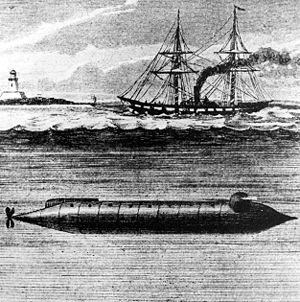
Length: 47 ft (14 m)
Beam: 4 ft 6 in (excluding oars);
Height of hull: 6 ft
Test depth: 6.8 ft
The Alligator was made of iron, with the upper part pierced for small circular plates of glass, for light. Initially, she was equipped with sixteen hand-powered paddles protruding from the sides which were replaced with a hand-cranked propeller and later a screw propeller, increasing the ship’s speed by 7 knots. Alligator was launched on May 1, 1862, was in service as of June 13, 1862, but then sank April 1863.
1900: USS Holland (SS-1)
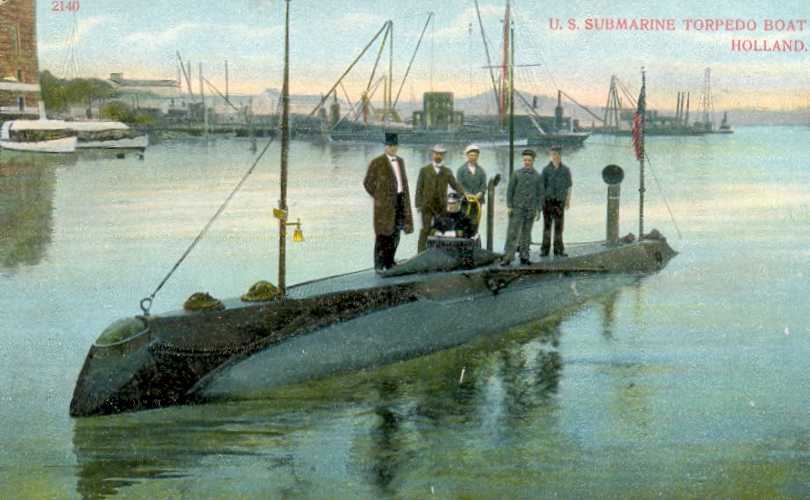
Length: 53 ft 10 in (16.41 m)
Beam: 10 ft 4 in (3.15 m) extreme
Installed power: 45 bhp (34 kW) (gasoline engine); 75 bhp (56 kW) (electric motor)
The USS Holland (SS-1), (originally named Holland VI) was designed by John Holland and sold to the US Navy. It is considered the Navy’s first viable combat submarine.
It was the first sub to incorporate modern torpedoes. Armed with three Whitehead torpedoes and a pneumatic dynamite gun that fired through an opening in the bow, the gasoline powered submarine proved highly valuable for experimental purposes in collecting data for submarines. She traveled a 166 mile (267 km) surface run, from Annapolis to Norfolk, Virginia from 8–10 January 1901. This provided useful data on her performance over an extended period of time. This basic design of The USS Holland (SS-1) would become the standard for United States submarine development through WWI.
Join us next time to learn about how submarines evolved during the World Wars until the present.

